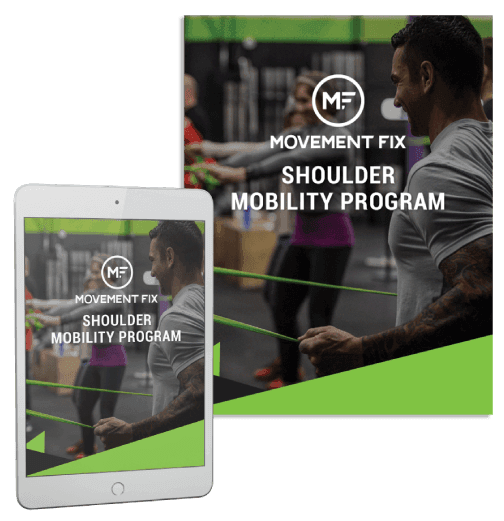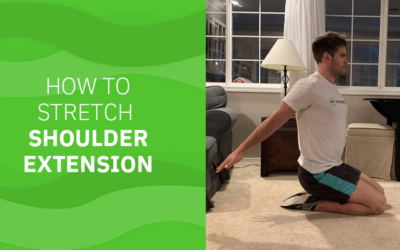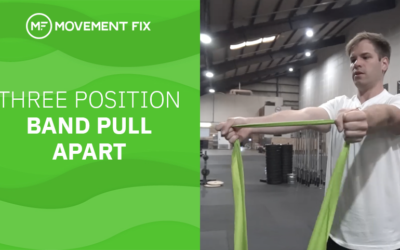Basic Anatomy of Stretching the Pecs
Overview
Generally speaking, the pecs help you push your arms forward (shoulder flexion to a degree) and bring your arms together (horizontal adduction).
The pec major, in particular, has many fibers with different angles. Depending on the position of your arm and the fibers to which you are referring, the action of the muscle can vary a bit, but generally it works as described above.
Pectoralis Major
The pec major attaches from your humerus (upper arm bone) and then broadly attaches to different parts of your chest, from your collar bone, to your sternum, and some on the cartilage of your ribs.
Pec Minor
The pec minor doesn't attach to the same bones as the pec major. Although both muscles are considered 'pecs', they don't attach to the same bones.
The pec minor attaches from your shoulder blade on a part called the coracoid process onto your 3rd, 4th, and 5th ribs.
The pec minor is commonly blamed for rounded forward shoulders. Why? Because it attaches from the ribs onto your shoulder blade and when it contracts can pull the shoulder blade forward, into protraction.
Because of this action, anytime someone has rounded forward shoulders the pec minor is quickly blamed. Does it really deserve to be blamed so quickly? Probably not.
Why do the Shoulders Round Forward?
Just to blame the pecs is shortsighted and incomplete.
Things to Watch Out for
- Pressing too hard on the rib cartilage and ribs
- Pressing on the nerves that exit from your neck into your arm
When pressing on the pecs with a lacrosse ball, tennis ball, or other massage tool, it can be tempting to push really hard. The problem with this is that the muscles in most people aren't that thick. You're essentially pressing the massage tool against the muscle and then into the ribs or rib cartilage.
If you get too aggressive with an object that is very hard like a lacrosse ball, you can irritate the bone or rib cartilage. This is a minor risk but worth considering.
You would likely have to lay on a ball with all your body weight to press this hard or pin a lacrosse ball between your chest and a heavy kettlebell. Both of those techniques defy common sense.
Pressing on Nerves
The nerves that exit your neck and travel into your arm are located roughly in the area where people try to work the pec minor. This collection of nerves is called the brachial plexus.
Nerves do not respond positively to compression stress. If your arm goes numb while stretching your pecs or massaging them, stop and let the tingling/numbness go away.
You should not having numbness or tingling symptoms while working on a muscle. If you do, just stop and let the sensations return to normal.
To see how you can safely and effectively work on your pecs, check out this article.
Need help with your shoulder mobility?
Follow our program, which will show you exactly what to do and how


Need help with your shoulder mobility?
Follow our program, which will show you exactly what to do and how
What to Read Next
Commonly Misunderstood Words in Movement and Mobility
Commonly Misunderstood Words in Movement and Mobility In this post I will be sharing my thoughts on common words used in the movement and fitness world with a focus on how to better define them conceptually, and where applicable, mathematically. Each day...
How to Stretch Shoulder Extension
How to Stretch Shoulder Extension Learn how to stretch your shoulder extension Want better shoulder mobility? Download Day 1 of our Shoulder Mobility Program for free: Option 1 For many people, option 1 will be the best option, especially if...
Three Position Band Pull Apart
Learn how to correctly perform the 3 position band pull apart to improve your shoulder and upper back strength and mobility
Comments



[…] Basic Anatomy of Stretching the Pecs […]